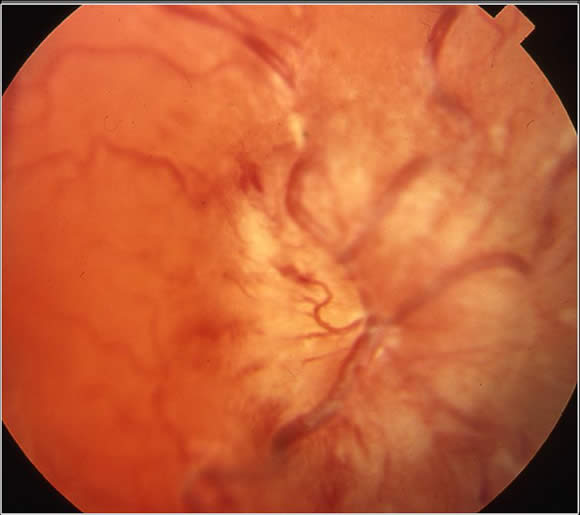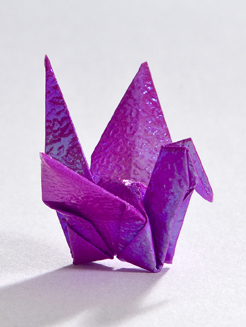Patients usually present with a short history of symptoms (1-2 months only).
Presenting symptoms are generally related to an enlarging primary tumor in the posterior fossa causing:
- Increased intracranial pressure
- Cerebellar dysfunction
Increased Intracranial Pressure (Hydrocephalus)
- In children the tumor generally grows to fill the fourth ventricle causing obstructive hydrocephalus (CSF pathways are blocked).
Symptoms of hydrocephalus tend to be age-related:
Very young patients:
- Increased head circumference
- An increase in head circumference is often the only presenting symptom in infants. These infants can be found with full anterior fontanelles and widely split cranial sutures
- Behavioral changes such as irritability and decreased social interaction
- Lethargy
- Vomiting
Older children and adults:
- Headache:
- Worse first thing in the morning
- Worse when coughing
- Vomiting:
- sometimes not associated with nausea
- usually in the morning
Physical signs of hydrocephalus:
Papilledema is a common finding:

The picture above shows the appearance of papilledema on fundoscopy with swelling of the optic nerve head, hemorrhages and exudates.
NB: Rarely, significantly raised intracranial pressure may cause tonsillar herniation below the foramen magnum. The child may develop neck stiffness and become obtunded. This is a very serious life threatening complication and the patient will die if left untreated.
Cranial nerve abnormalities:
Hydrocephalus causes compression of cranial nerve VI at the petroclival ligament, resulting in:
- Diplopia
- Medial deviation of the affected eye
- Lateral gaze paresis

Left lateral rectus (VIth cranial nerve palsy)
In addition to a VIth nerve palsy as a false localizing sign for raised intracranial pressure, head tilt may also result from trochlear nerve palsy caused by direct tumor compression.
Cerebellar Symptoms
Involvement of the cerebellar vermis may cause truncal ataxia or wide-based gait.
Unilateral cerebellar symptoms are more common with the desmoplastic variety of medulloblastoma as this tends to arise in a lateral location.
Nystagmus is associated with lesions of the cerebellar vermis.
Leptomeningeal Disease
Medulloblastoma has a significant risk (30% or so) of craniospinal dissemination.
Patients very rarely have symptoms related to this at presentation.
Head tilt and neck stiffness may occur as the result of meningeal irritation.
Disease relapse is more likely to be associated with symptoms of spinal cord compression. However, patients may present with weakness, numbness, bowel or bladder changes due to tumor compression of the spinal cord or nerve roots.
Symptoms associated with medulloblastoma:
Complication |
Associated Signs and Symptoms |
Hydrocephalus - Increased intracranial pressure |
Increased head circumference (infants)
|
Cerebellar involvement |
|
Leptomeningeal dissemination |
|

